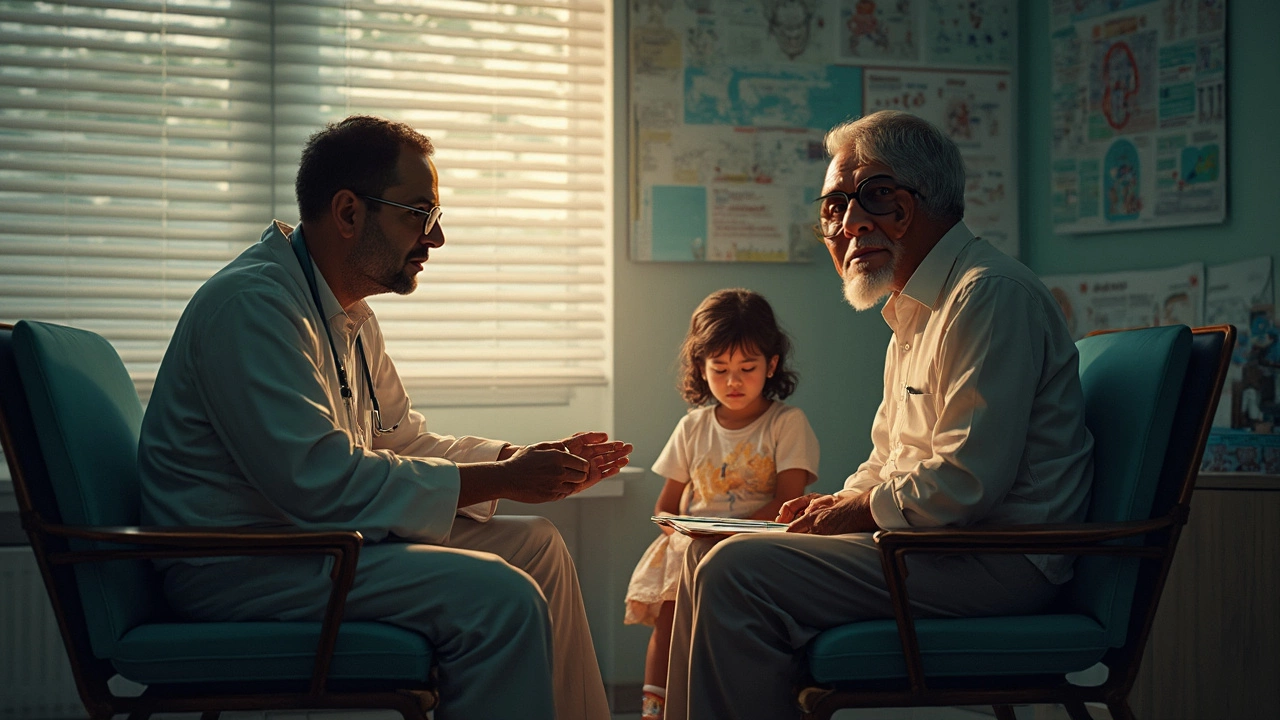Hardest Cancer to Treat: Why Some Cancers Resist Therapy and What You Can Do
When people talk about the hardest cancer to treat, a group of cancers with very low survival rates due to late detection, rapid spread, and limited treatment options. Also known as aggressive cancers, these types often show no symptoms until they’ve already advanced. Among them, pancreatic cancer, a fast-growing tumor in the organ that digests food and regulates blood sugar. Also known as the silent killer, it’s often found too late because it doesn’t cause clear early signs. This isn’t just bad luck—it’s biology. The pancreas sits deep inside the body, hidden behind other organs. By the time pain, weight loss, or jaundice appear, the cancer has likely spread to the liver or nearby blood vessels. That’s why even with surgery, chemo, or radiation, survival rates stay low.
Lung cancer, the leading cause of cancer death worldwide, often linked to smoking but also found in non-smokers due to air pollution or genetics. Also known as the top cancer killer, it’s dangerous because tumors grow quickly and spread to the brain or bones before diagnosis. Liver cancer, usually tied to long-term hepatitis or alcohol damage, is hard to catch early because the liver can keep working even when damaged. Also known as a silent organ disease, many don’t know they’re at risk until it’s too late. And then there’s esophageal cancer, a slow-burning threat that starts with heartburn but turns deadly if ignored. Also known as the silent reflux cancer, it’s often mistaken for acid reflux for years before being diagnosed. These cancers don’t just grow—they adapt. They hide from the immune system, resist chemo, and come back stronger. That’s why treatment is so hard: we’re fighting a moving target.
What makes these cancers different from breast or prostate cancer? It’s not just the type—it’s timing. Most people don’t get screened for pancreatic or liver cancer unless they have a family history. There’s no simple blood test or routine scan like a mammogram. And even when tests are done, early tumors are tiny and invisible on scans. That’s why late detection cancer is the real enemy. The earlier you catch any cancer, the better your odds. But for the hardest ones, early detection is rare.
You can’t control everything—but you can control your awareness. If you have unexplained weight loss, constant belly pain, yellow skin, or a cough that won’t quit, don’t wait. Get checked. If you smoke, quit. If you drink heavily, cut back. If you have hepatitis or chronic pancreatitis, see a doctor regularly. These aren’t glamorous tips, but they’re the only real defense we have right now. The posts below dive into the science behind why these cancers are so deadly, what treatments actually work (and which ones don’t), and how people are surviving longer than doctors expected. You’ll find real stories, hard data, and clear advice—not hype or fear. This isn’t about doom. It’s about knowing what you’re up against—and what you can do about it.
Hardest Cancer to Treat: Why Pancreatic Cancer Tops the List
Some cancers fight back no matter what doctors throw at them. This article digs into why pancreatic cancer is known as the toughest to treat, covering what makes it so hard to catch early, how it resists treatment, and what new strategies are in the works. You'll get facts, real numbers, and tips for those going through the toughest cancer battles. No empty promises, just straight talk about the reality of aggressive cancers. The article also shares hope—what’s changing in research and support right now.
read more
